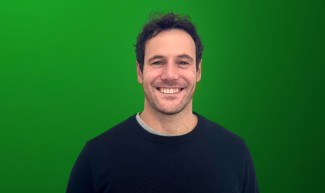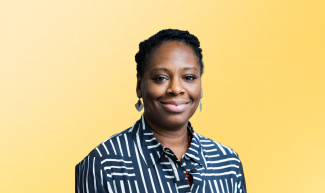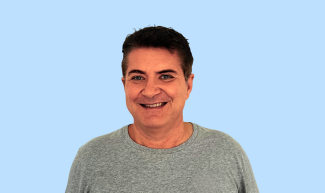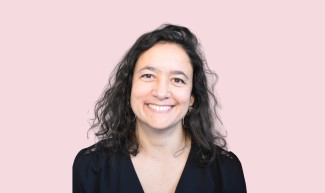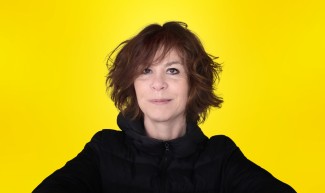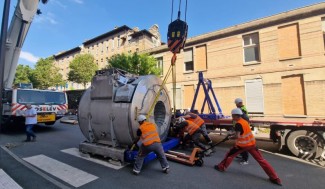Eric Bardinet est ingénieur de recherche (CNRS) et responsable opérationnel du CENIR, la plateforme d’imagerie de l’Institut du Cerveau. Dans ce portrait, il revient sur son parcours, son rôle à l’Institut du Cerveau et sur l’arrivée de la nouvelle IRM 7 Tesla dont se dote l’Institut.

What is your background?
In the 1990s, I completed a PhD in medical imaging applied to cardiac imaging and the movements of the left ventricle, based on deformable models. I then completed three postdoctoral fellowships abroad before joining INRIA as an expert engineer. I worked there for three years, notably on two image fusion projects involving MRI and histological images, in collaboration with research teams at La Pitié-Salpêtrière. I was then invited to take part in the creation of CENIR, which became the imaging platform of the Paris Brain Institute when it was founded in 2010.
What does your job involve?
I am a research engineer (CNRS) and the operational manager of the CENIR imaging platform at Paris Brain Institute. I therefore wear two hats: I handle the operational management of the platform (managing interactions with the Institute’s various teams, preparing budgets, etc.) and I coordinate the work of the CENIR engineering team. I also carry out my own research activities, which include, among other things, mapping the brain’s deep structures to identify targets for deep brain stimulation.
Paris Brain Institute is about to install a 7 Tesla MRI on June 9. How will this new technology influence your work?
When Paris Brain Institute was built in 2010, its plans already included the arrival of this 7 Tesla MRI. To say this MRI is highly anticipated would be an understatement!
With this new 7T MRI, we are going to drastically increase the magnetic field strength available to us, which until now has been 3 Tesla.
This leap is truly significant for our research. Indeed, if going from a 1.5 T to a 3 T magnetic field is like changing the lens on a camera, moving from 3 to 7 T is like switching to a whole new camera! When you change the field strength this much, the quality of the observations improves tremendously: we can see more, with greater detail, with more contrast - and even study elements we couldn’t observe before...
We won’t be the first to have a 7T MRI: about 100 of them have been installed worldwide, and only a handful in France (Saclay, Marseille, Poitiers, and now us). But the 7T we are receiving on Sunday, June 9 has unique features, and we are among the first centers to receive it.
After weeks of installation, setup, and training, we will finally be able to use this new machine starting on September 9. Our first scans will aim to evaluate the system and develop a catalog of imaging sequences in collaboration with our colleagues at the Institute, in France and abroad. There is a real network of users of this type of machine, and everyone’s feedback will be crucial for our initial work. We can’t wait!

